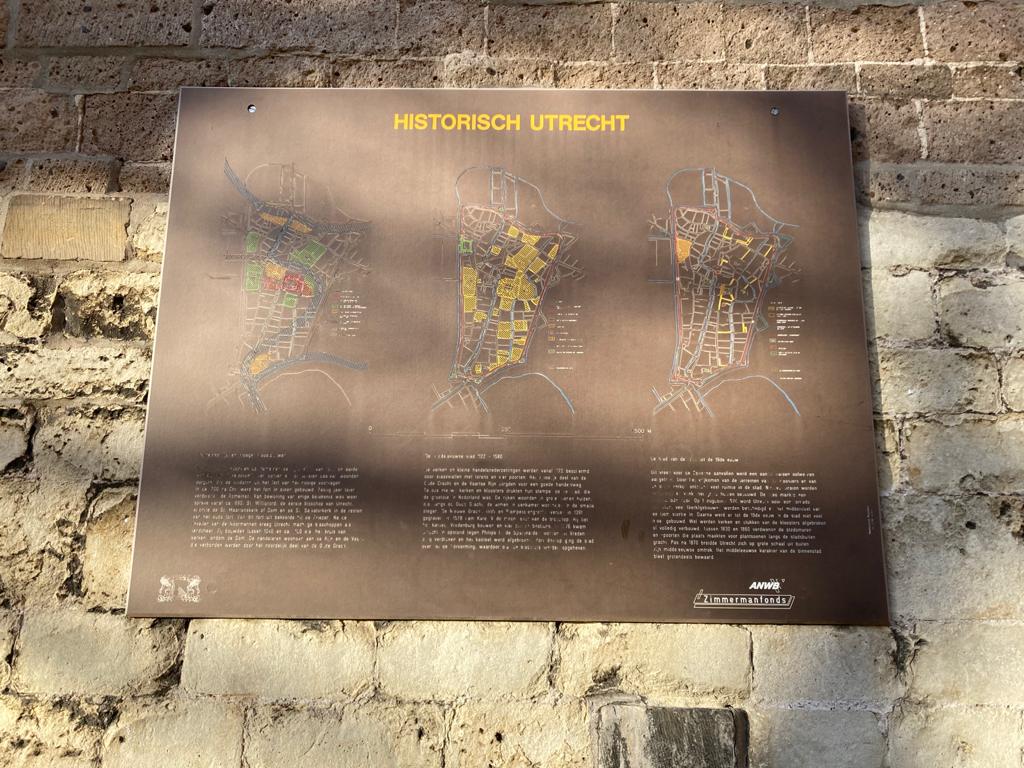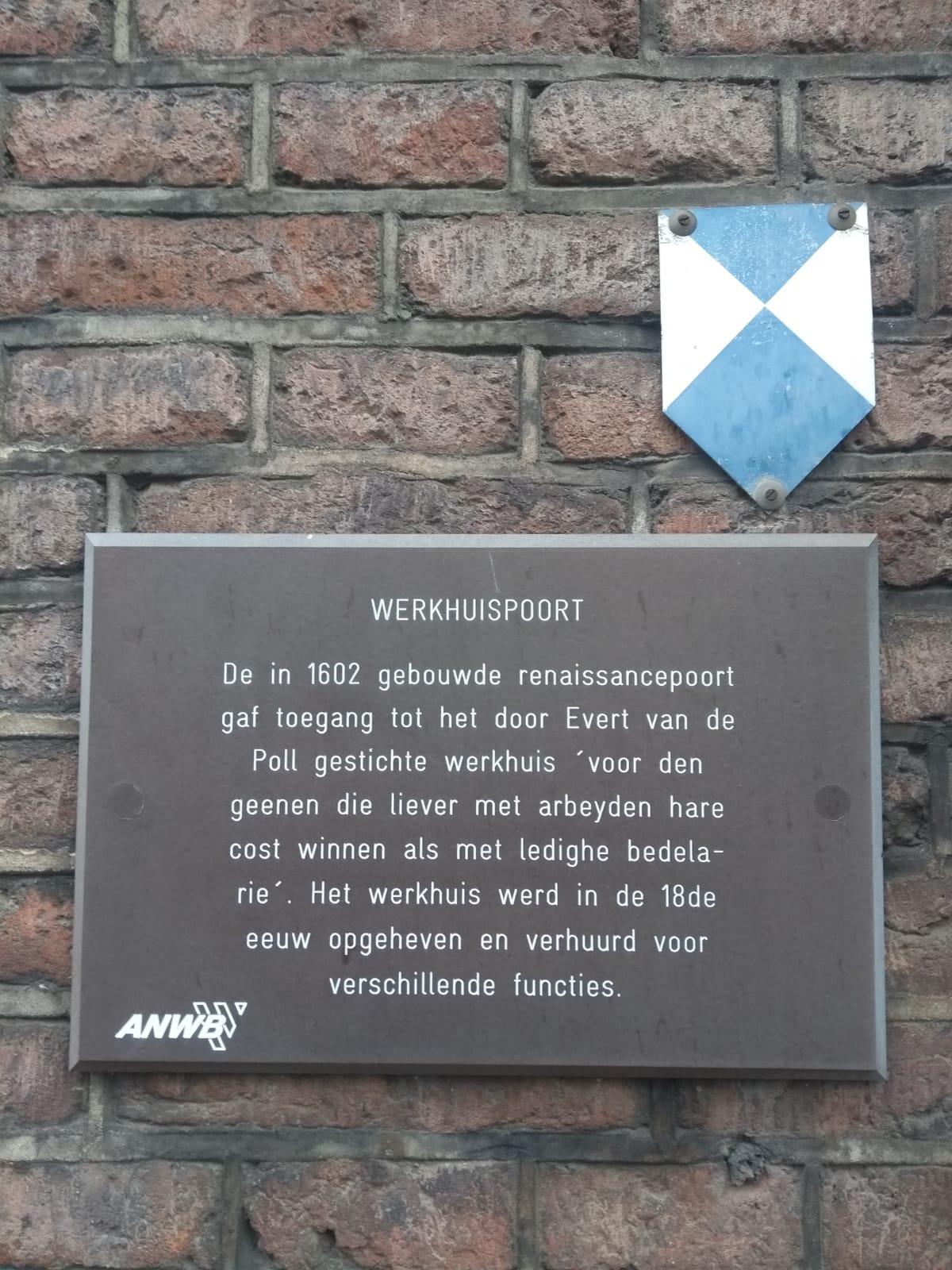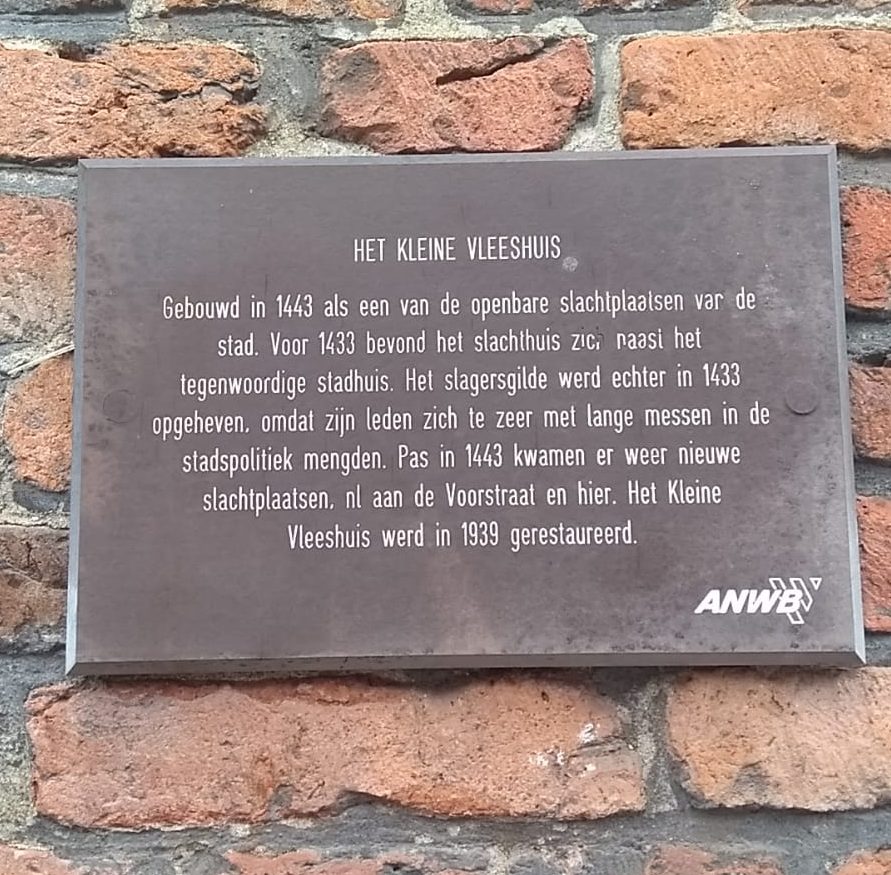someone to call
Calling someone? Back in the day, if you wanted to call someone and you didn’t have a telephone number, you could call the number information service 008. You got the telephone operators on the line who helped you look up the number. In the carousel archive above the ladies or in one of the books […]










